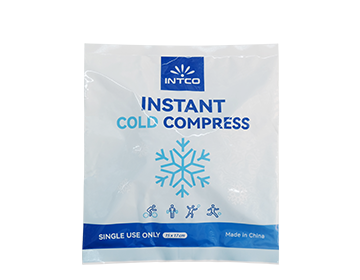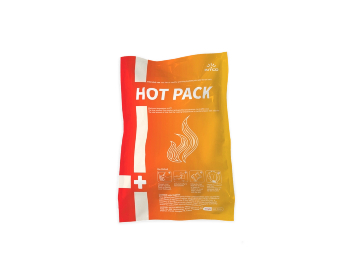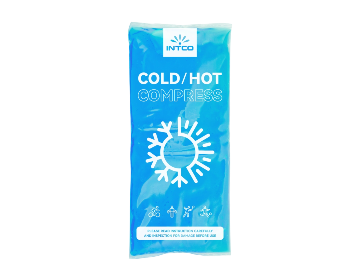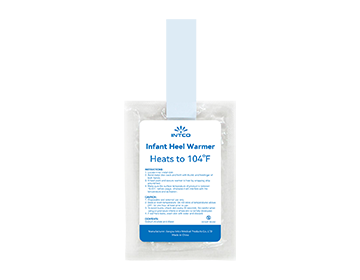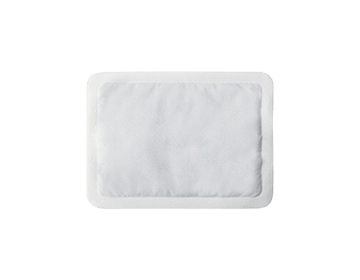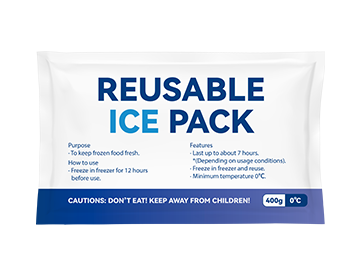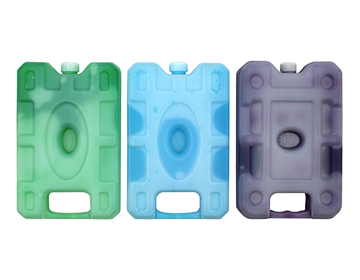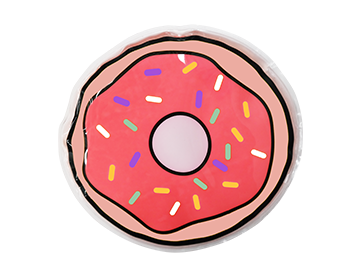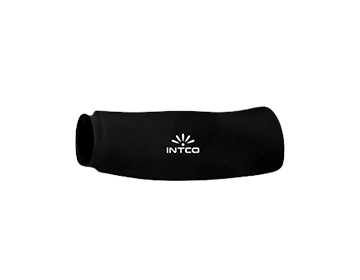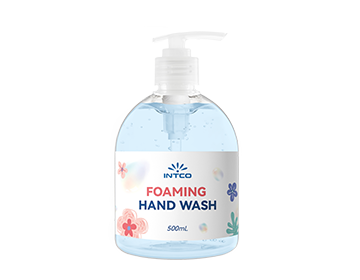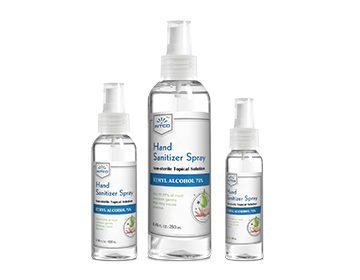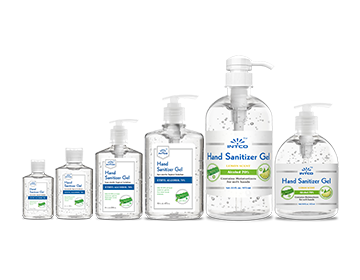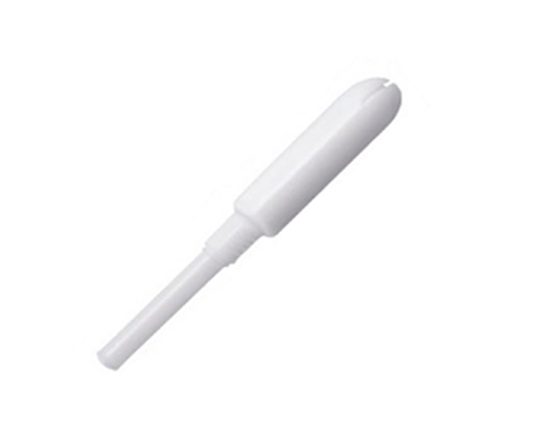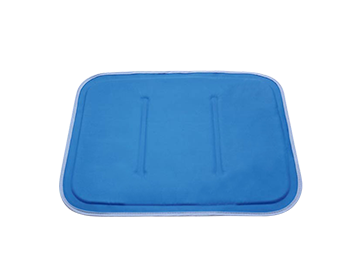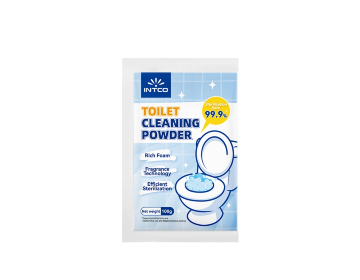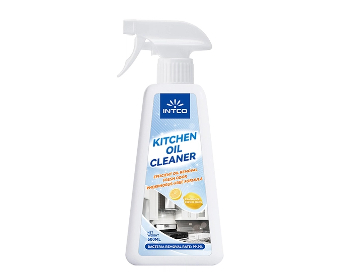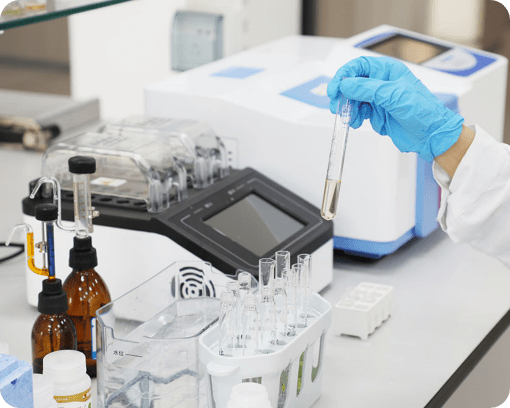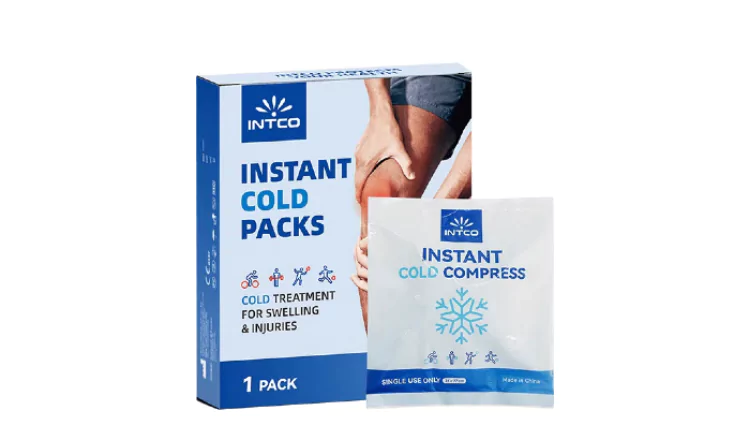Can a Cold Compress Help a Toothache? Here’s What Dentists Say
Toothaches can be more than just a minor inconvenience—they can disrupt daily life, affect sleep, and make eating a challenge. While there are many potential causes of dental pain, ranging from cavities to gum infections, one age-old home remedy continues to be recommended by both dental professionals and patients alike: the cold compress. But how effective is it really? We spoke with expert sources and reviewed the science to understand why this simple method may offer relief—and when it’s time to call your dentist.
Understanding the Causes of Toothache
Before exploring why a cold compress might work, it’s important to understand what causes tooth pain in the first place. Common triggers include:
· Dental decay (cavities) – Bacteria break down tooth enamel, leading to sensitivity and pain.
· Gum disease – Inflamed or infected gums can cause throbbing discomfort.
· Dental abscess – A pocket of pus caused by infection, often requiring urgent care.
· Trauma or injury – Cracked or chipped teeth may expose sensitive inner layers.
· Post-procedural discomfort – Pain after fillings, extractions, or orthodontic work.
According to the American Dental Association (ADA), toothache is often a symptom of an underlying dental issue that requires professional evaluation. A cold compress does not “cure” the problem—it helps manage symptoms until proper treatment is received.
Why Cold Therapy Works for Tooth Pain
Cold therapy, also called cryotherapy, has been used for centuries to manage pain and swelling. The principle is simple: cold temperatures constrict blood vessels, slow nerve conduction, and reduce inflammation in the affected area.
Benefits of a Cold Compress for Toothache
When applied to the outside of the cheek near the sore tooth, a cold compress can:
· Reduce swelling in the surrounding tissues
· Numb nerve endings, making pain less intense
· Limit inflammation and slow the body’s inflammatory response
Dr. Kimberly Harms, a retired dentist and spokesperson for the ADA, explains:
“Cold compresses can help by temporarily reducing blood flow to the affected area, which decreases inflammation and dulls pain sensations. It’s a safe, non-invasive option while waiting to see your dentist.”
How to Use a Cold Compress for a Toothache
While the concept is simple, using a cold compress correctly is important for safety and effectiveness.
Step-by-Step Instructions
1.Choose your cold source – This can be a gel pack, a bag of frozen vegetables, or a reusable ice pack.
2.Wrap it in a cloth – Direct skin contact with ice can cause frostbite; always use a thin towel as a barrier.
3.Apply to the cheek – Place it on the outside of your cheek over the sore area.
4.Limit to 15–20 minutes – Prolonged exposure can damage skin and nerves.
5.Repeat as needed – Allow at least 20 minutes between applications.
Tip: Products like INTCO Medical’s Instant Cold Pack are ideal for on-the-go use since they require no refrigeration and activate instantly.
When Cold Compress Works Best
A cold compress is most effective in certain situations:
· After dental work – Reduces swelling and discomfort post-extraction or surgery
· For injury-related pain – Soothes swelling after trauma to the mouth or jaw
· For sudden, sharp pain – Offers temporary relief until professional care is available
However, cold compresses may not help much with deep tooth infections where swelling is caused by pus buildup. In those cases, urgent dental care is essential.
When to See a Dentist Immediately
A cold compress is a helpful first-aid measure, but it’s not a substitute for diagnosis or treatment. The Mayo Clinic recommends seeking dental care promptly if you experience:
· Persistent tooth pain lasting more than two days
· Fever or earache alongside toothache
· Swelling in the jaw, face, or neck
· Difficulty swallowing or breathing
Ignoring these symptoms may allow infections to spread, leading to serious health complications (Mayo Clinic).
Alternatives and Complementary Remedies
In addition to cold therapy, dentists may recommend:
· Over-the-counter pain relievers like ibuprofen or acetaminophen
· Warm saltwater rinses to reduce bacteria and soothe gums
· Clove oil for its natural analgesic properties
· Maintaining good oral hygiene to prevent worsening of symptoms
The Bottom Line: Cold Compress for Toothache Relief
A cold compress can be a simple, effective way to manage toothache discomfort—especially for swelling, injury-related pain, or post-procedural recovery. Dentists agree that it’s a safe, short-term method for reducing pain and inflammation, but it’s not a cure.
If you have a persistent or severe toothache, use a cold compress to stay comfortable, but make an appointment with your dentist as soon as possible.
About INTCO Medical
As a global manufacturer of healthcare and physiotherapy products, INTCO Medical offers a range of high-quality cold therapy solutions, including instant cold packs, gel packs, and hot-cold therapy packs. With strong OEM/ODM capabilities, INTCO partners with healthcare providers and distributors worldwide to deliver products that meet diverse market needs.

